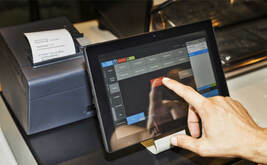 Restaurants need to invest in technology in order to compete, but the options can be dizzying – and available funds limited. Still, it’s important to regularly assess where your business could benefit from tech if and when you are able to invest in systems to help you scale. Start with your POS system. It’s the brain of your restaurant and needs to be able to connect seamlessly with all of your added tech for functions across your business to run smoothly. Are you using its full functionality? From there, look to your biggest pain points and labor burdens. Automated tools that help you manage your inventory, order streams and food prep are logical next places to build up from a solid POS. 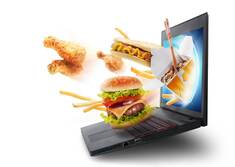 Recently, Wing Zone announced a new type of franchise partnership with Wavemaker Labs, the technology incubator that launched Miso Robotics (maker of the famous burger-prepping Flippy robot). Wavemaker Labs will eventually open 20 Wing Zone Labs locations around Los Angeles that will be a cross between franchised stores and technology incubators. Their motivation is to develop a new process for automating the range of tech tools and systems used by Wing Zone – with fewer piecemeal tools and more start-to-finish systems that offer a connected, streamlined experience. It's a sign of what’s to come for the industry. As David Bloom, Wing Zone’s chief development and operating officer, told Nation’s Restaurant News, the partnership is not simply about introducing more robotics: It’s about using artificial intelligence to take an order, then having that order sent directly into the POS system, which gets sent to robots to cook, then gets sent to heated locker systems for pickup or delivery. It’s about improving the process, start to finish. When you adopt new technology, consider how it will mesh with your existing systems to iron out bottlenecks and improve your process of taking orders, preparing food and getting complete orders to guests  As the past couple of years have taught us, life can have some strange surprises in store. For restaurants, it has magnified the need to be able to pivot to a range of challenges. Technology is enabling that adaptation – to new streams of income, as well as new methods of managing service, labor, inventory and safety. Having a cloud-based system does well in adapting to and integrating with new tools, setting you up to manage what the future has in store. As you assess new systems and other tech tools that promise to enhance your operation, scrutinize them with an eye toward how readily they will be able to flex with your needs down the line.  At the recent Restaurant Leadership Conference, Technomic’s Joe Pawlak had some good news about key segments of the restaurant industry (and less-great news about another) – namely that business for quick-service and fast-casual restaurants had returned to pre-pandemic levels, but fine dining was still three years away from a full recovery. To be sure, the technology that has kept businesses going during the pandemic has been a closer fit for limited-service restaurants. However, many of the tech tools that have been used to elevate efficiency and hospitality these past two years still apply to full-service restaurants, albeit in different ways. In a recent episode of the webcast Restaurants Redefined from Modern Restaurant Management, three industry professionals weighed in on how they see technology evolving for restaurants after the pandemic – particularly for full-service restaurants. At the front of the house, for example, technology can help ease some of the friction points. What if a restaurant could use geofencing technology to identify when a guest arrives and get a jump on preparing their favorite appetizer or having their usual wine on the table as they sit down? While a full-service restaurant might not want to use a QR code for guest ordering, offering a code (or other app-based option) for paying the bill when the guest is ready to depart could improve the overall experience. Empowering a server to offer a refund or other check adjustment on the spot as needed via tech tools can also boost service. At the back of the house, technology that minimizes human interaction – ovens, grills and other appliances that don’t require much human oversight – will help free up staff to elevate guests’ experience at the front of house. Finding ways to adapt the technology available – not so much to minimize human contact but to improve the human contact that full-service is known for – might just help hasten the recovery of these businesses.  Restaurant technology is one industry that has thrived during the pandemic – but we have yet to see how that will fully manifest itself. Restaurant Business reports that more than $5 billion has entered the industry so far this year alone– and that the investment has been feeding many mergers of complementary businesses that will likely develop new all-in-one solutions for restaurant operators. If you currently operate a broad array of tools and systems that don’t communicate with each other as well as they could, you can expect to see new options on the horizon that simplify tech for restaurants (and enough of them to make pricing competitive). 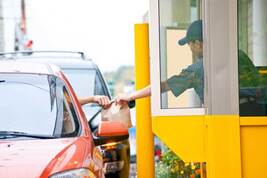 As restaurants look to attract and retain customers, offering opportunities to easily personalize orders has been a key recommendation. But it shouldn’t stop there. In a recent technology report from Nation’s Restaurant News, Matt Harding, Piada’s senior vice president of culinary and menu innovation, said offering consumers options for how they collect their orders is a natural extension of food personalization. That means using tech to create multiple options for order collection – whether in-store, curbside or via a drive-thru. The report predicts we’ll see this prominently in drive-thrus with different lanes for traditional drive-up orders, pre-made items, and to-be-delivered items and pre-orders. 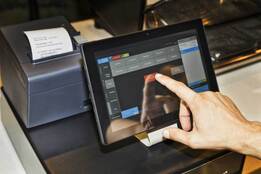 Just like flexibility has been key to keeping restaurants running in the past year, it’s also a critical aspect of any technology you’re implementing. Your existing system should not only be able to handle your current sales streams but also be capable of scaling up in different ways to accommodate changes. Flexibility extends to the ways in which you are able to collect and present data about your guests and other aspects of your operation. Even if you don’t know how the industry is going to evolve, your systems should be agile and user-friendly enough that you are getting the kinds of actionable information you need to be able to make incremental changes. |
Subscribe to our newsletterArchives
April 2024
Categories
All
|


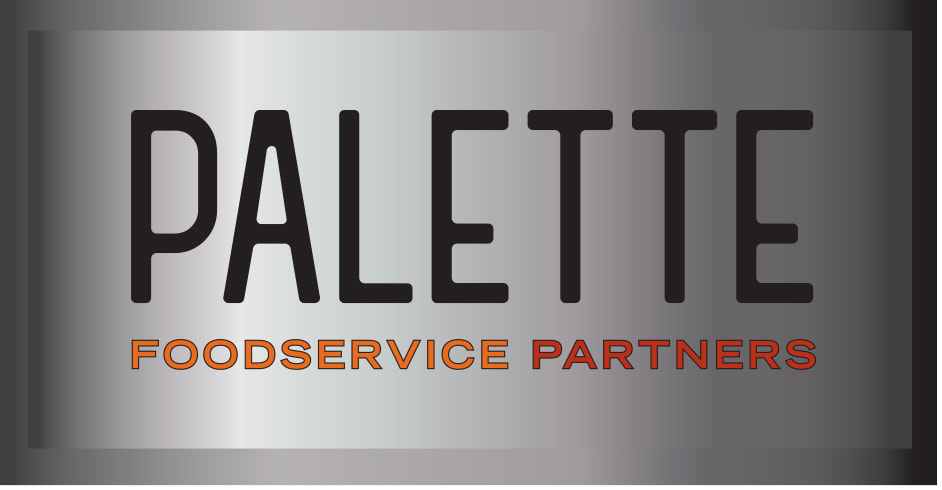
 RSS Feed
RSS Feed